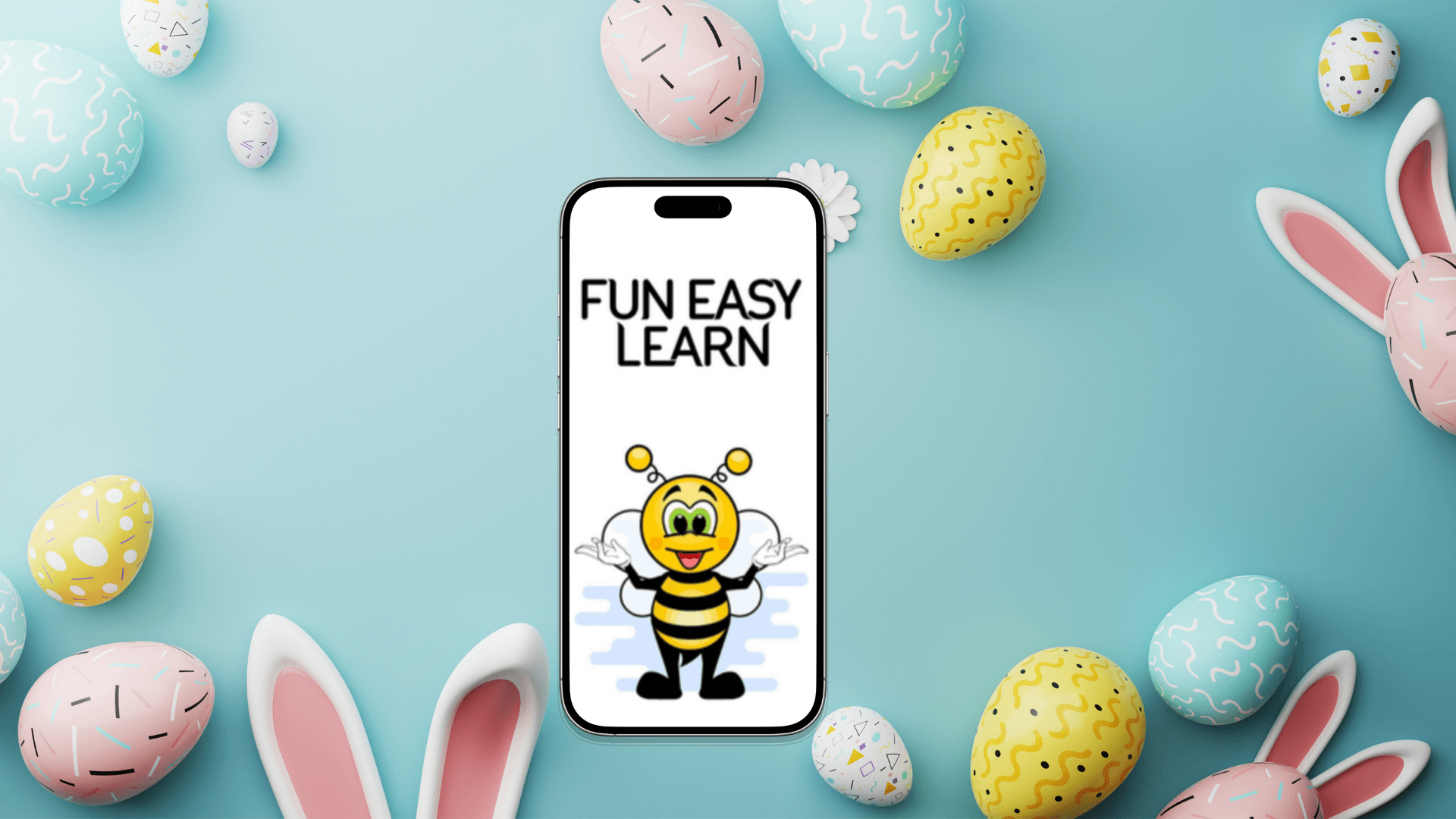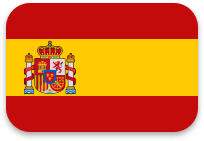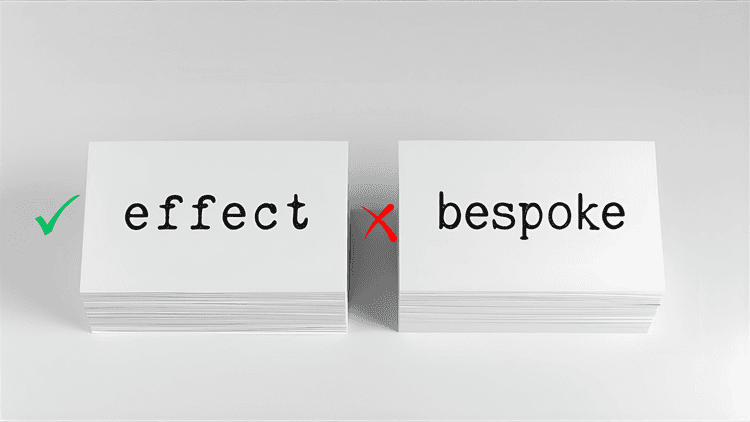Easter, one of the most significant holidays in Christianity, is observed in nearly half of the countries worldwide. It has evolved and adapted to different cultures. It is celebrated through unity and diversity, with many unique Easter traditions. Easter is a reason to spend time with friends and family, relax, and learn something new. Let's explore some interesting details about Easter and discover some of the most surprising Easter traditions.
A Brief History of Easter
Before Easter, spring pagan festivals were the main celebrations this time of year. They were centered around symbols of fertility, such as eggs and rabbits. As Christianity spread, these older traditions merged with the celebration of Jesus Christ's resurrection.
When is Easter Celebrated?
Easter falls on a different date each year, based on the first full moon following the spring equinox (March 21). For most countries, the dates range from late March to early April. The time to celebrate Easter was regulated by the Council of Nicaea in 325. Nonetheless, there are exceptions. Eastern Orthodox churches still use the Julian calendar. For that reason, Orthodox Easter is usually celebrated later. Sometimes, Catholic and Orthodox Easter celebrations coincide on the same date.
Surprising Easter Traditions
While many people picture children enjoying an egg hunt or families rolling eggs downhill, Easter traditions vary across cultures. What lies beyond chocolate bunnies, and how do they connect to the theme of Easter? Let's get to know a few
Easter in Norway and Crime Novels
Norwegians like to read crime novels during Easter week. The custom is called "Påskekrim," which translates as "Easter Crime." So, while enjoying their Easter break, often in a mountain cabin, Norwegians get immersed in the plot of a good crime novel. The custom is reflected in the TV agenda, playing crime dramas. Libraries and bookstores have their crime novels on display. Before judging Norwegians, keep in mind that the crime rate is relatively low in Norway.
Easter Witches in Finland and Sweden
Children from Finland and Sweden dress up as Easter witches. Their attire includes headscarves, colorful clothes, and freckles. They go from house to house, trading hand-drawn cards or decorated willow twigs for sweets. The tradition is similar to trick-or-treating on Halloween.
The custom dates back to the 17th century or even earlier. Witches were thought to fly on their brooms to Blåkulla (Blue Mountain) to meet with the Devil on the Thursday before Easter. To fight their fear of witches, people began dressing up like them in the late 1700s and 1800s. In the 19th century, the custom primarily involved children who started trick-or-treating dressed as witches. In Finland, children swap willow twigs for sweets—a tradition borrowed from the Orthodox Church. The twigs are believed to ward off evil spirits from a household.
Easter in Poland and the Splash of Water

A popular Polish tradition is "Śmigus-Dyngus," translated as Wet Monday. People would splash each other with water to celebrate Easter. Children, as well as some of the adults, engage in playful water fights. It is a symbol of rebirth and renewal.
Like most modern traditions, water splashing blends pagan rituals and religious celebrations. To pre-Christian Slavic people, water symbolized life, cleansing, and purification. For that reason, most pagan rites included water, and it remains a powerful symbol in many cultures.
Easter in France and The Giant Omelette
Every year on Easter Monday, the locals from Bessières, southwest France, cook a giant omelet in the town square. The entire dish uses around 15,000 eggs and can feed up to 2,000 people. While an omelet is not a traditional Easter meal for the French, the custom is linked to Napoleon Bonaparte. Legend says that Napoleon was passing through the area, and he enjoyed an omelet so much at a local inn that he ordered the locals to gather eggs and cook a giant one to feed his troops.
The tradition is kept to this day on Easter Monday. The Global Brotherhood of the Knights of the Giant Omelette coordinates the event every year. Around 100 volunteers wearing white and yellow attire break the eggs and assist with preparing the famous dish. The omelet is shared among all the participants in the festival, highlighting the community's spirit of sharing.
Easter in Australia and the Easter Bilby
The Easter Bunny became a symbol recognized worldwide. And while all continents agree rabbits are cute, they are considered environmental pests in Australia. Given that rabbits cause damage to vegetation in Australia, it is hard for locals to associate them with a happy holiday such as Easter. The bilby is a native Australian marsupial that has become an endangered species due to predators such as foxes and feral cats, as well as limited resources.
The popularization of the bilby in association with Easter began with the publication of "The Bilbies' First Easter" by Irena Sibley in 1944. To further promote the image of the bilby and raise awareness to protect the animal, Easter Bilby became an Australian symbol for Easter. You can find bilby-shaped chocolate and stories as an alternative to the Easter Bunny.
Speak a new language with confidence!
Build fluency faster with FunEasyLearn — just 10 minutes a day is enough to make real progress.
Easter in Ukraine and the Intricate Egg Designs
Ukrainians have a beautiful tradition of decorating eggs - "pysanky." Originating from pagan tradition, which dates back to approximately 3,000 B.C., the custom was passed on to the time of Ukraine's Christianization in 988 AD. Eggs are a symbol of fertility, protection, and rebirth. To reinforce those concepts and blend them with Christianity, Ukrainians decorate eggs with elements such as crosses, triangles, and ancient motifs.
Although decorating eggs in spring is a custom originating in the current territory of Ukraine, the trend has spread to countries such as Poland, Romania, Lithuania, Russia, Slovakia, Slovenia, Belgium, Switzerland, Greece, and others. Of course, each has adapted the custom to their own culture. For instance, Croatian eggs look like mural details, while in Belgium, eggs are typically dyed using a leaf as a stencil.
Easter in Italy and the Rolling of the Cheese
Italy would not be itself if it didn't have an Easter tradition involving cheese. A fun game is played by rolling a large wheel of pecorino cheese on Easter Monday. The goal is for the cheese wheel to reach the finish line through the city streets with minimal damage. Players control it with a long cord wrapped around the cheese wheel. The game is a lovely community event, with everybody sharing the cheese if it breaks. As you may expect, the winning team gets the wheel of cheese as a prize.
The tradition, known as "Ruzzolone" ("tumble"), is popular in central and southern Italy, particularly in the region of Umbria. Tuscany and Sicily hold similar competitions later, in September and October.
The custom has its origins in medieval times. Rolling the cheese was played by shepherds and farmers in the spring. It was such a fun activity that people would place bets on the winning team. In some areas, the competitions are held between individuals, while in other towns, teams compete. A festive celebration concludes the game. Attendees have traditional Easter eggs, wine, and cheese tasting.
Easter in Portugal and Almond Gifting
The egg is a common symbol of fertility and renewal, which is why it holds such significance in the celebration of Easter. The shape of an almond bears a striking resemblance to that of an egg. That's one of the reasons it became a symbol of resurrection in Portugal. Historically, almonds coated in honey are traced back to antiquity. Over time, the custom of giving almonds on Easter became a tradition shared by godparents and godchildren. To this day, they are a symbol of prosperity. In return, children may offer their godfather an olive branch and flowers to their godmother.
Easter in Greece and the Throwing of Clay Pots
A unique Easter tradition on the island of Corfu involves throwing large clay pots with water from windows in the old town. The pots crash onto the streets, gathering thousands of spectators. Viewers may even collect broken pieces for good luck. The custom is accompanied by the ringing of church bells and performances by Corfu's historic philharmonic orchestra.
The custom is thought to ward off evil spirits. One theory regarding its origin is the Venetian rule, popularized from the 14th to the 18th centuries. Venetians used to throw out old things from their windows on New Year's Day. They were thus parting with the old, inviting prosperity. The tradition was adapted by Corfiots, who moved it to Easter. The custom also expanded to neighboring islands, with Corfu as the center of the celebration.
This Easter, why not embrace the spirit of renewal by learning a new language? FunEasyLearn empowers curious minds to explore languages through bite-sized lessons, bridging languages with some of the most interesting traditions worldwide.
Learn Languages with FunEasyLearn

Language learning can be more than a chore. Turn it into an exciting journey with FunEasyLearn - an award-winning app helping millions of users worldwide learn new languages. Each of the 34 courses aligns with the CEFR (Common European Framework of Reference for Languages), guiding learners through 10 proficiency levels. The application has one of the widest selections of native languages - 62 - and is recognized as one of the best vocabulary-building apps on the market.
📣 Build Fluency for Real-Life Scenarios
Enrich your vocabulary in the target language with 6,000 words and 5,000 phrases and expressions. Master practical words that native speakers use in their daily interactions. The colorful illustrations representing each vocabulary item help you memorize the new information better. Whether you need to master a new language for a vacation, work, or to connect globally, FunEasyLearn is your pocket companion to success.
💪 Flexible Learning, Anytime, Anywhere
Control your learning experience with a convenient offline mode, customizable goals and settings, and progress tracking. Building a new habit is effortless with FunEasyLearn's bite-sized lessons. All you need to do is stick to your schedule. Choose when you learn, how many new words to include in each session, and what to focus on. Premium packages unlock access to the smart review system, custom lists, and the hands-free mode.
📈 Thrive with Zero Distractions
Say goodbye to annoying ads. Fully immerse yourself in a new lesson without being constantly interrupted. Focus on learning with a zero-ads experience. Make every minute spent in the app count and contribute to your language-learning goals.
Are you ready to fully immerse yourself in a new language?











